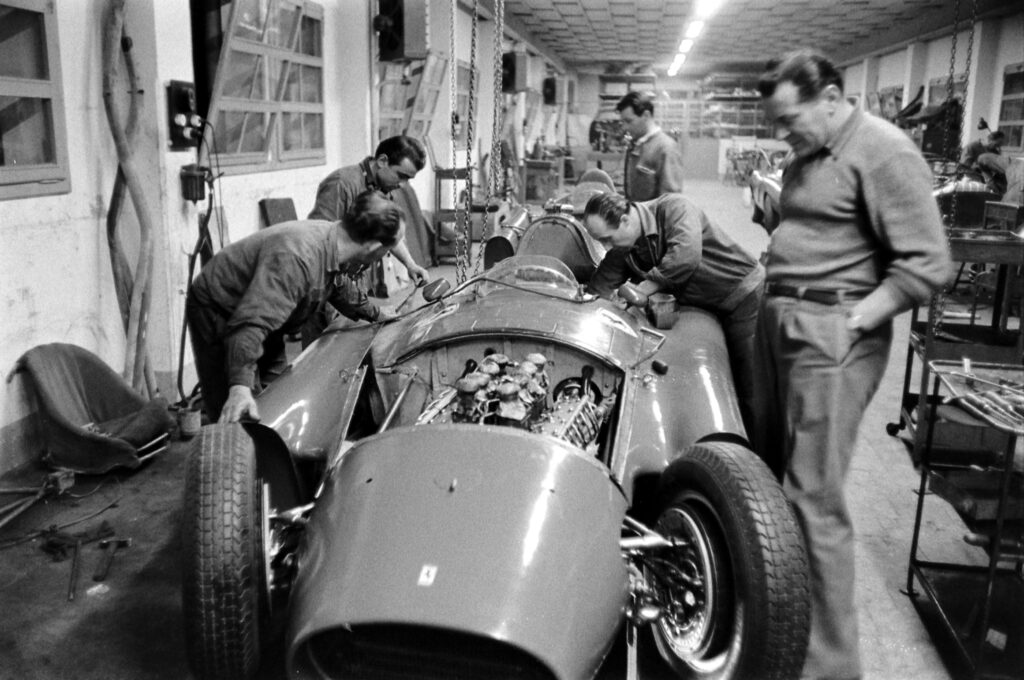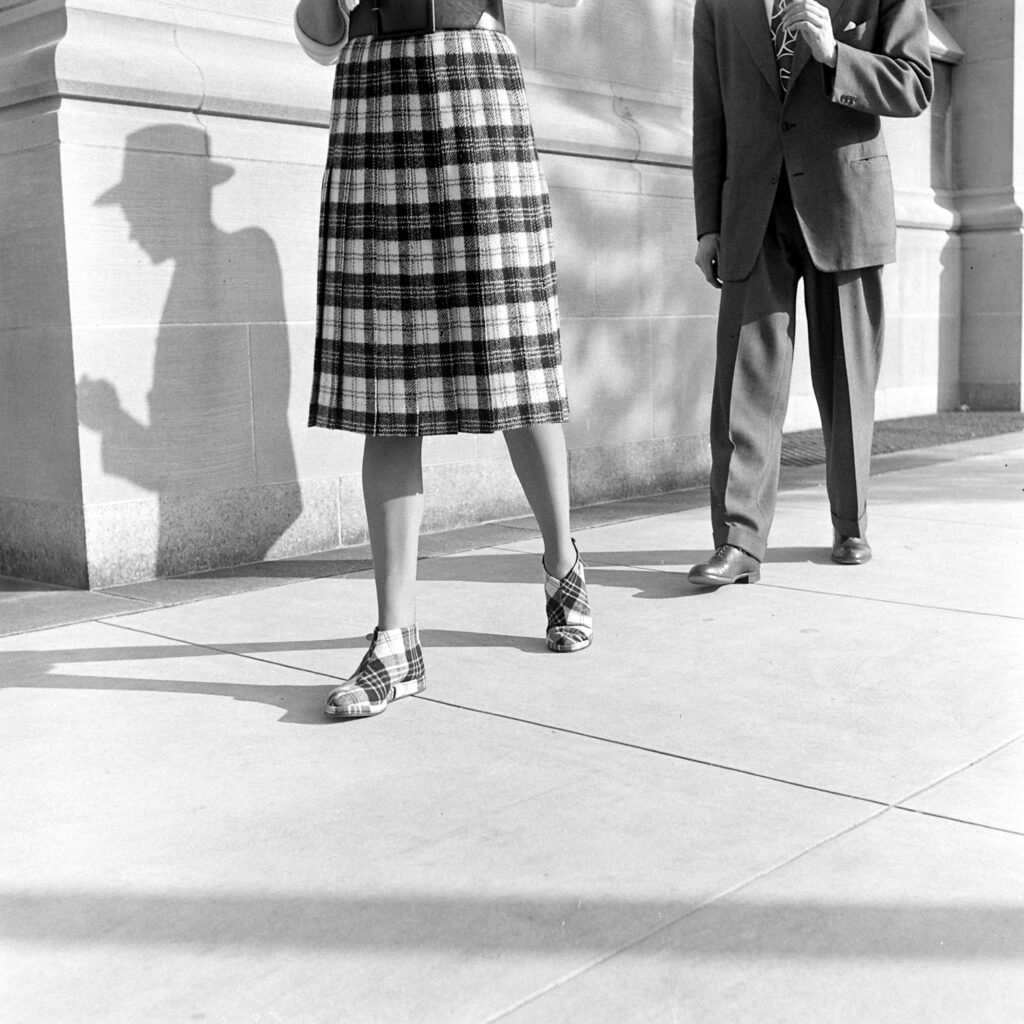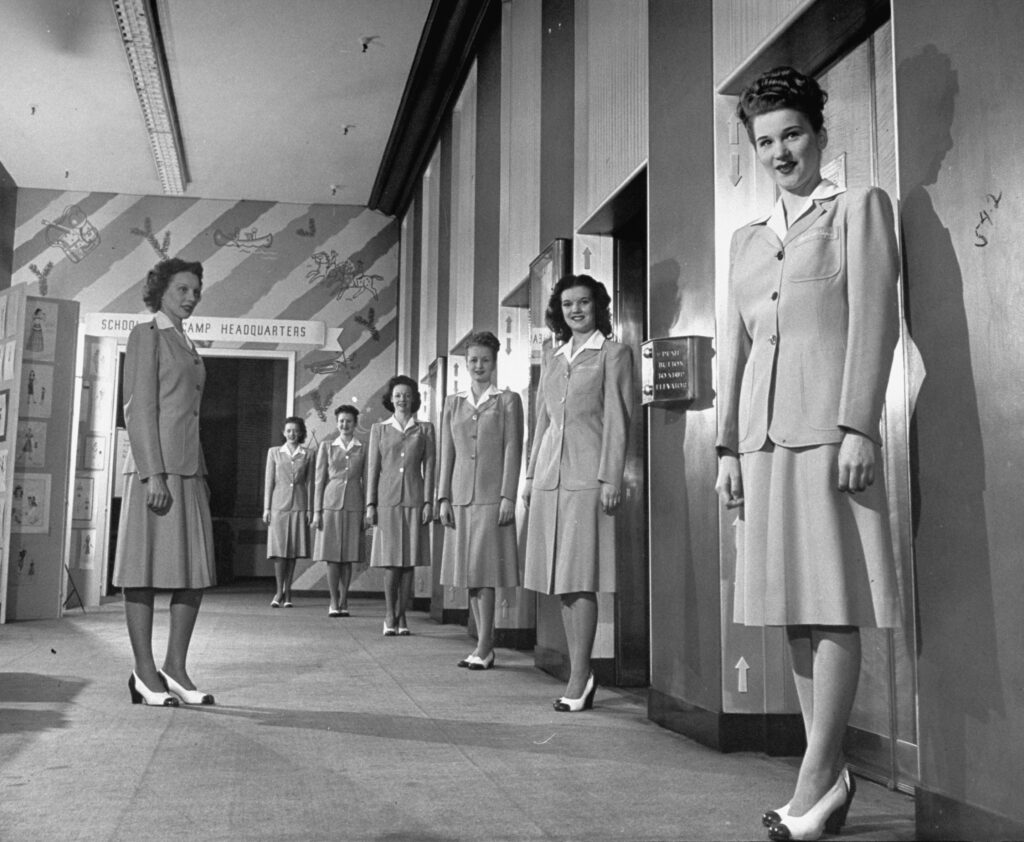Written By: Ben Cosgrove
Around Thanksgiving in 1954, LIFE published an odd and endearing article, the latest in a string of curiosities the magazine had shared with its readers over the course of two decades. Now, as another Thanksgiving bears down upon us, we thought we’d revisit that long-ago article—and the pictures that accompanied it—as a holiday gift, of sorts, to today’s readers.
Titled “Gaily Garbed Gobblers,” the piece focused on a “Texas farmwoman’s snug halters [designed to] support her turkeys’ sagging crops and boost their market value.” For the uninitiated, a “crop” is a portion of the alimentary tract—usually found in birds, but also in some animals and even insects—where food can be stored prior to digestion.
As LIFE vividly explained the situation in the magazine’s Nov. 22, 1954, issue:
Pecking away in the barnyard, turkeys fill up their crops with food. . . . But occasionally a bird’s crop grows so enlarged it retains food indefinitely, swells out and sags like a goiter. This defect, called “pendulous crop” and possibly an inherited tendency, detracts from the market value of the bird. Discovering pendulous birds on her turkey farm, Mrs. Wyatt McLaughlin of Lockney, Tex., tried massage and surgery without success. Then she turned to well-established principles of the lingerie trade. Sewing together halters, she fitted them to the birds, found they uplifted the crops gently but firmly, reducing the sag and allowing grain to pass along more easily.
To omnivores, locavores, vegetarians and vegans everywhere: Happy Thanksgiving, and whatever we all choose to eat, here’s hoping that none of us feels overly pendulous afterward.

Turkey Halter Tops
John Dominis / The LIFE Picture Collection

Turkey Halter Tops
John Dominis / The LIFE Picture Collection

Turkey Halter Tops
John Dominis / The LIFE Picture Collection

Turkey Halter Tops
John Dominis / The LIFE Picture Collection

Turkey Halter Tops
John Dominis / The LIFE Picture Collection

LIFE Magazine November 11, 1954
LIFE Magazine














